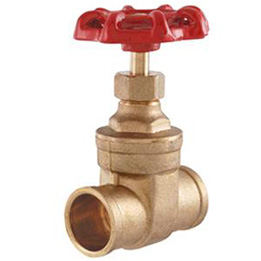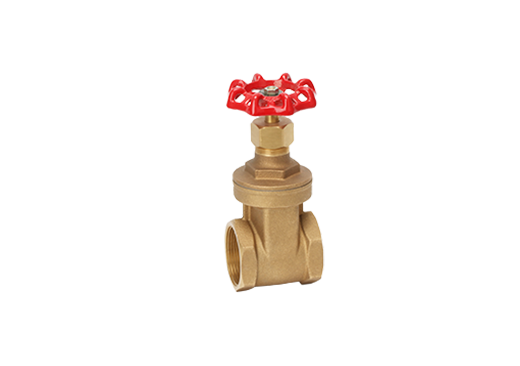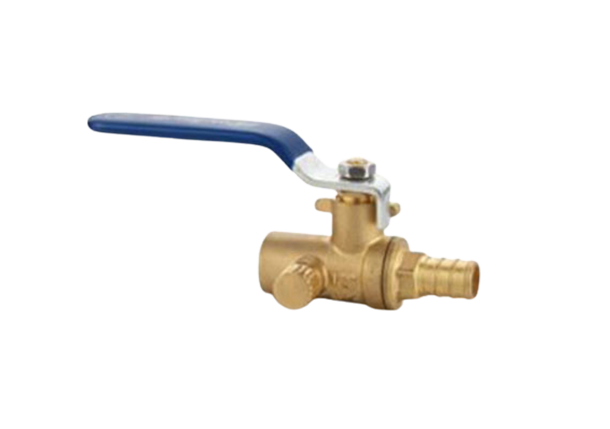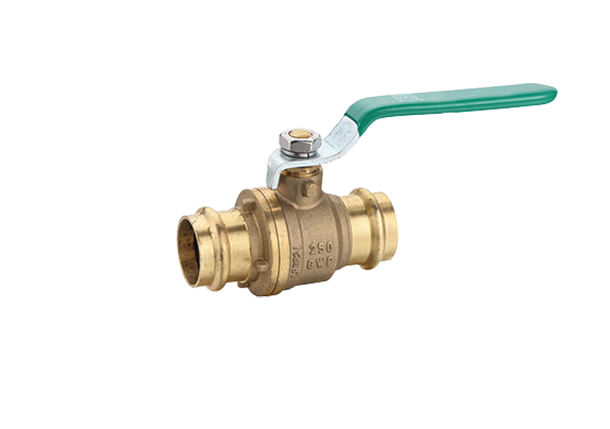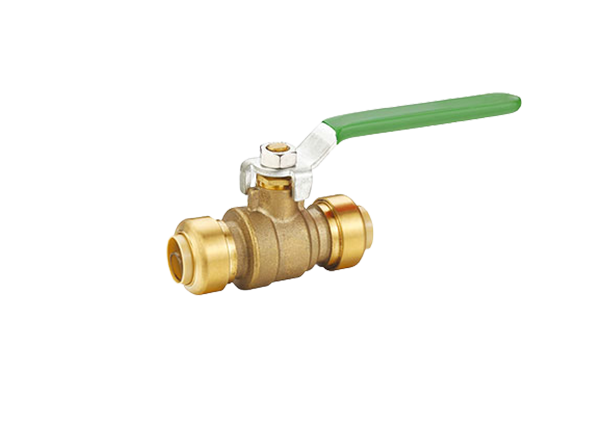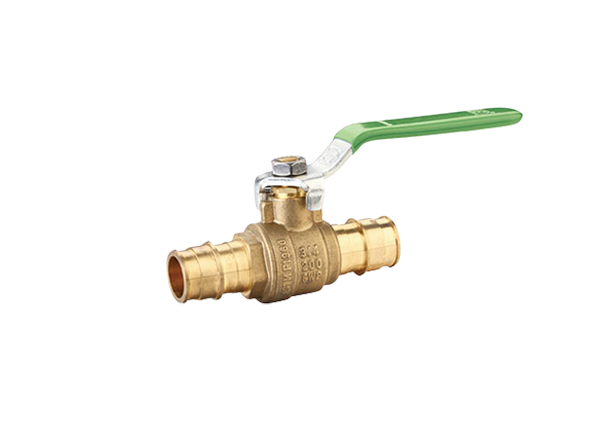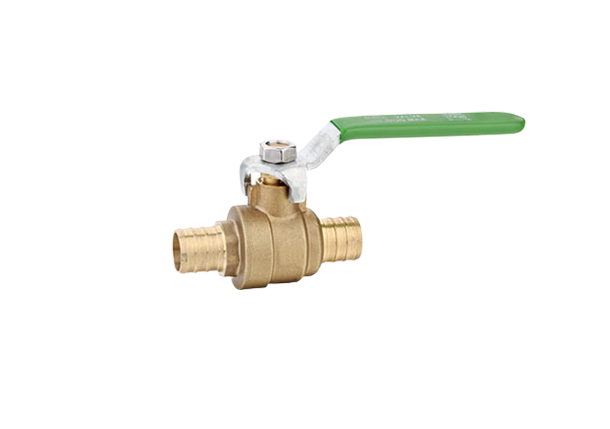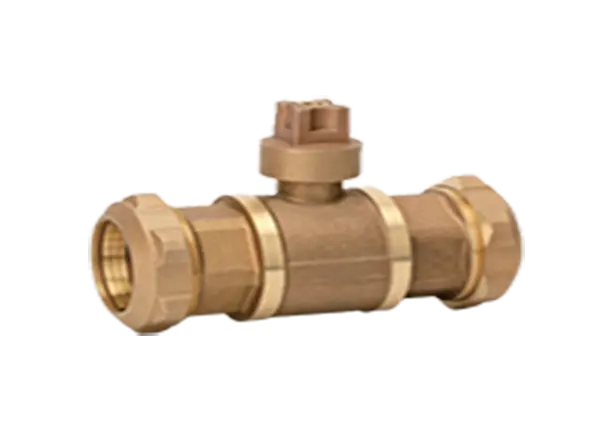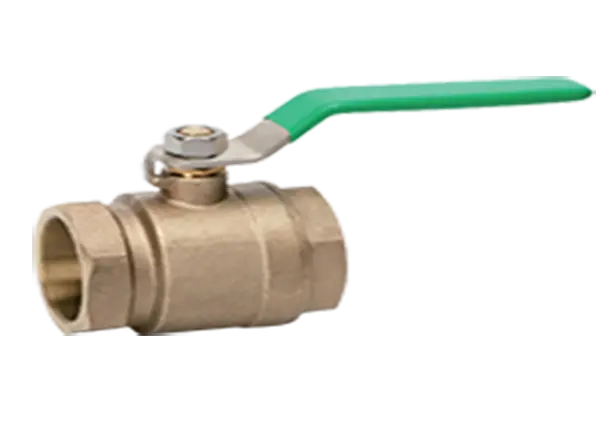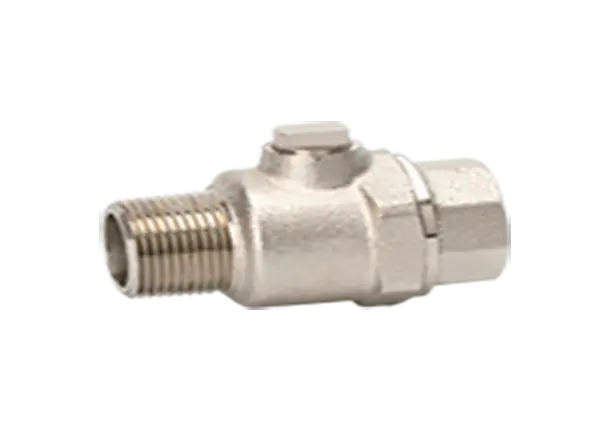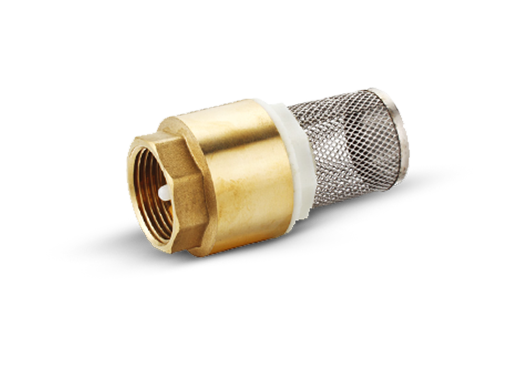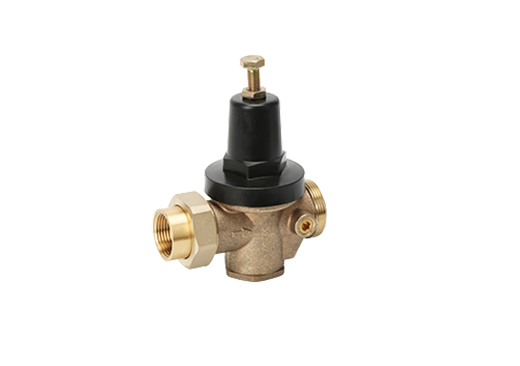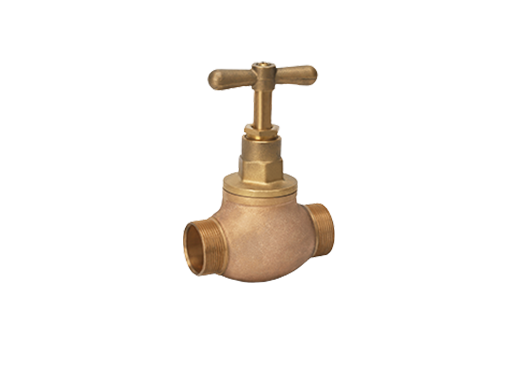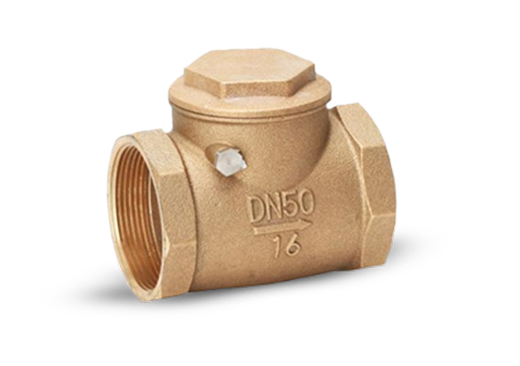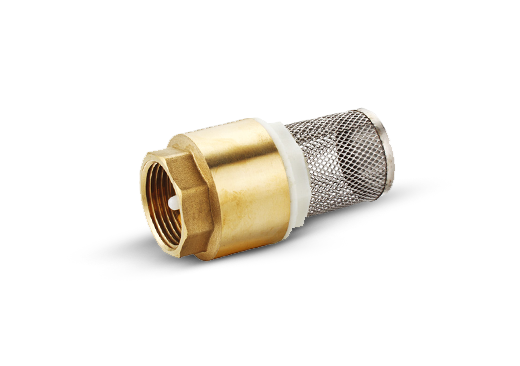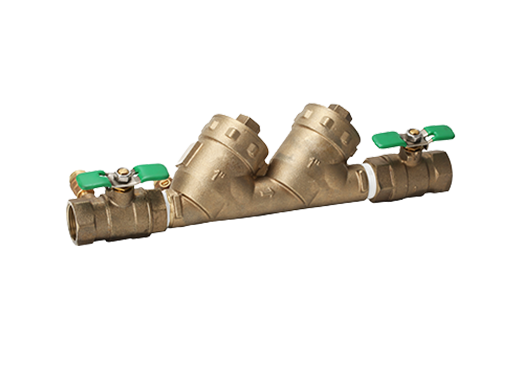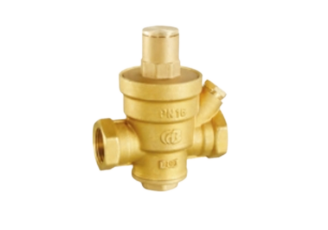What Is a Gate Valve? What Are Its Functions?
What is a gate valve?
Also known as a gate valve, the valve body is equipped with a gate perpendicular to the direction of material flow. When the gate is raised, the gate valve opens, and when it is lowered, it closes.
The components of the gate valve
The China gate valve consists of main spindle, valve stem nut, rotary cover, valve stem, valve body, gate, and thrust surface.
Classification of gate valve stem
The valve stem can be divided into open stem and concealed stem. Open stem gate valves are usually used for corrosive substances and indoor applications; concealed stem gate valves are used for non-corrosive substances and places where the operating position is restricted.
According to the different gate plate structures, they can be divided into wedge-shaped and parallel types. Wedge-shaped gate valves are mostly made into single gate plates, and the two sides of the thrust surface are in the form of a wedge. Parallel gate valves are mostly made into double gate plates, and the two sides of the thrust surface are parallel. Parallel gate valves are easier to manufacture and maintain, but cannot transport liquid with impurities, only clean liquid transport.
The function of the gate valve
Bronze gate valve china is often used to cut off materials, oil, gas, etc., and are not suitable for controlling the total flow rate. Because the gate valve is partially open, it is easy for the gate to be damaged by materials if it is not fully raised, and over time, its surface may become loose and leak. Therefore, gate valves should be fully closed or fully open.
The characteristics of gate valves are good sealing performance, low material flow resistance when fully open, and short valve body. The disadvantages are complex structure, easy damage to the thrust surface, and difficult maintenance.
Gate valves are often used for container discharge valves, centrifugal pump inlet valves, pipelines with bidirectional material flow, pipelines with low material transport resistance requirements, and places where the valve body installation is limited.
The purpose of the ditch gate valve
This type of valve is widely used in water supply and drainage pipelines. In petroleum and chemical engineering, construction, energy, fire fighting, water supply, seawater, and sewage treatment, it can be used as a pipeline regulator and cut-off valve.
The purpose of the electric gate valve
It is used for simulating the flow rate of fluids, gases, and air system pipelines, and is AI-controlled. In the control of large valves and air systems, electric valves can also be used for two-position on-off control.
The purpose of the flat gate valve
It is suitable for natural gas, petroleum, chemical industry, environmental protection, urban pipelines, gas pipelines, emptying systems, gas storage devices, and is used as an opening and closing device. The Z43 type gate valve with a guide hole and a single gate plate is suitable for long-distance transmission pipelines for natural gas extraction and purification.
Among many general-purpose valve types, only the full-bore ball valve can have flow characteristics equivalent to those of a gate valve. Symmetrical design structure and equivalent sealing enable gate valves to shut off media flow from either direction.
Gate valves can also be made of various materials, and small brass gate valves such as DJV15 can be found on hardware store shelves, while special alloy gate valves can be found in nuclear power station nuclear islands.
Different Carbo Valves For Sale

